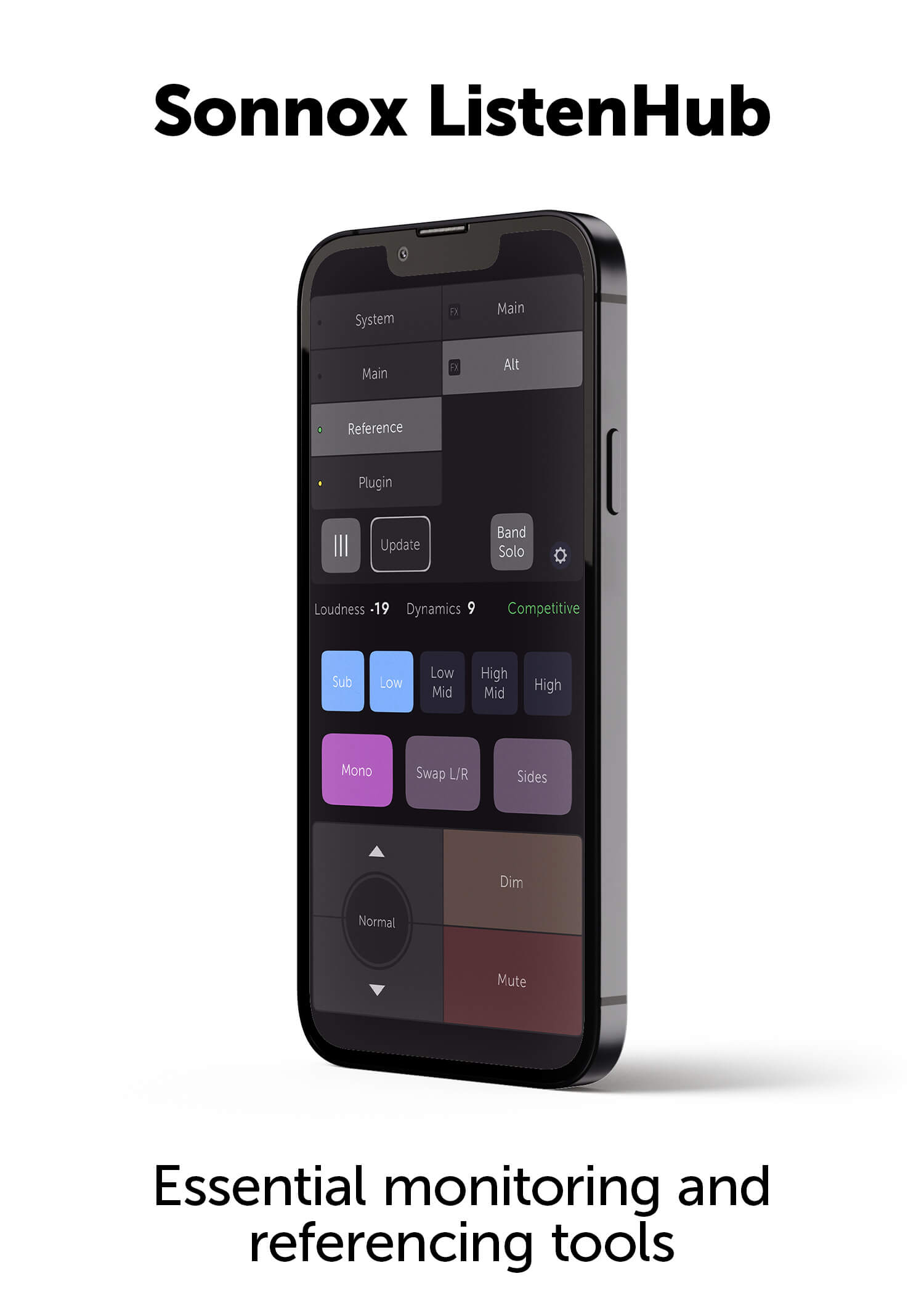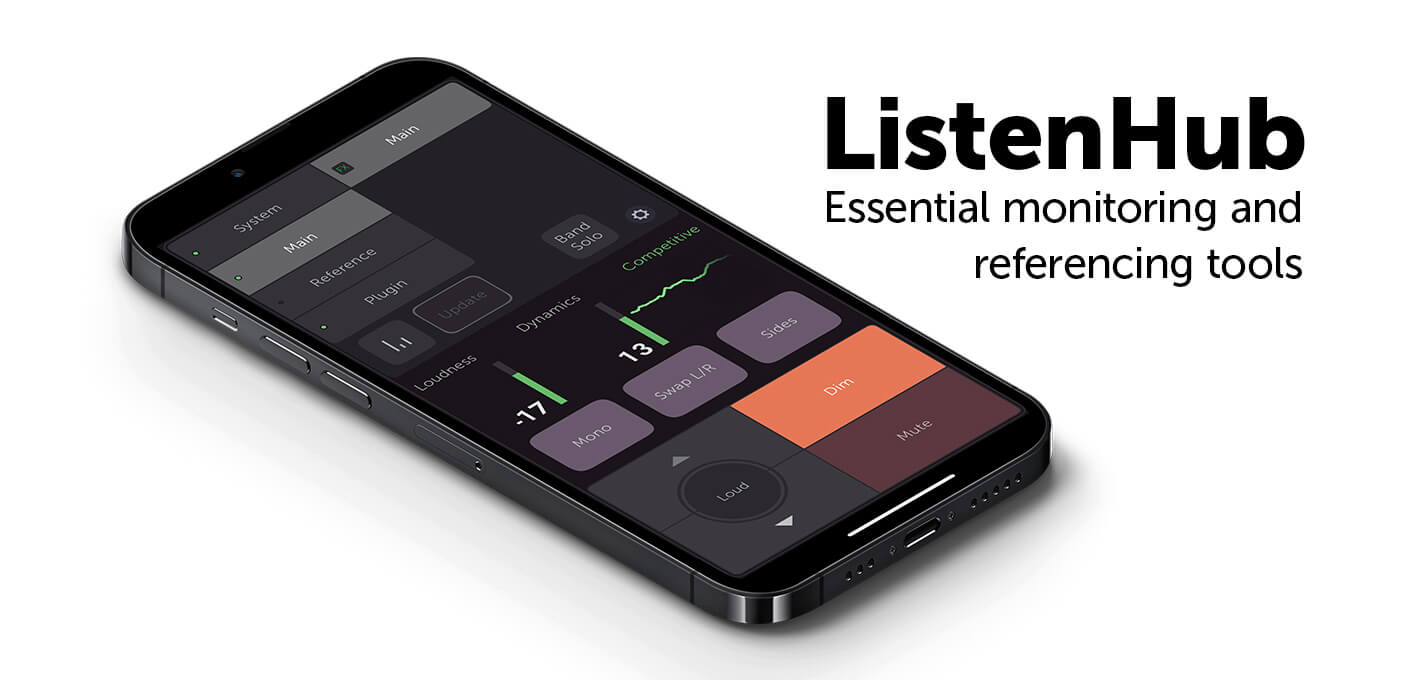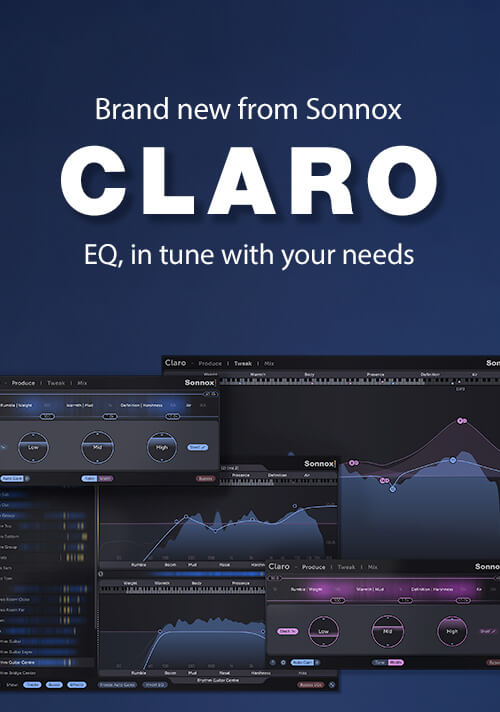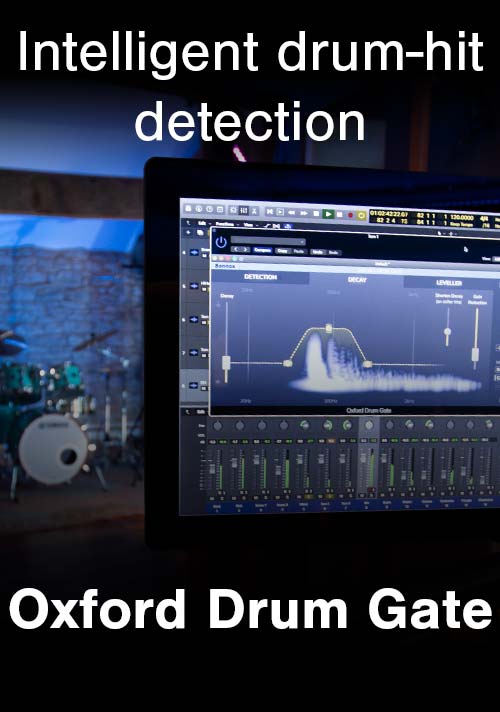Richard Chycki
Rich Chycki Sculpting Sounds With Sonnox For Rush
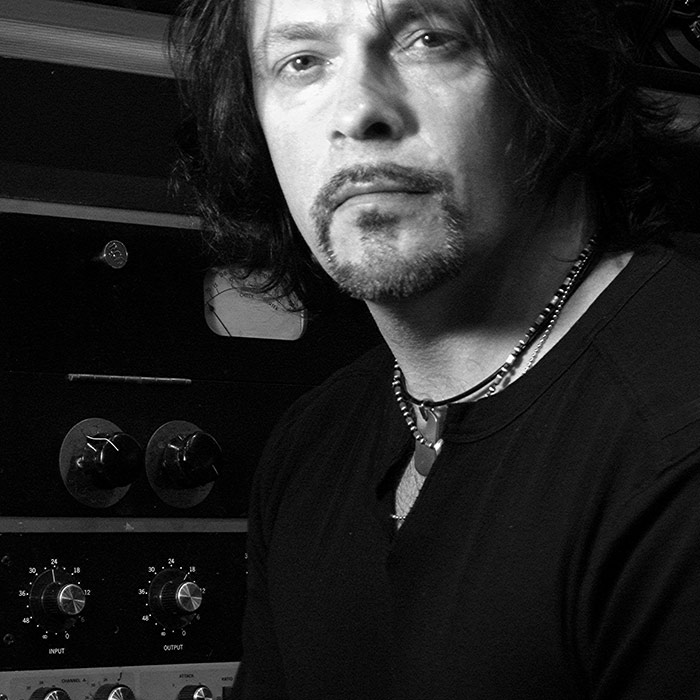
From Rush and Aerosmith to Seal and P. Diddy, Producer/engineer Richard Chycki has had a hand in creating a wall full of gold and platinum albums. Working in both stereo and 5.1 surround formats, he sculpts his work using Pro Tools and a handful of top-flight software. Included in that arsenal are Sonnox Oxford plug-ins. We caught up with him in his native Canada to talk shop on music, gear and what lies ahead.
Tell us about your background, how you got started in the business.
I'm a songwriter and guitarist and like many other aspiring musicians, I was recording my own music and finding the process of recording to tape time consuming and somewhat limiting.
Labels approached me to start recording acts for them and as I met more producers and artists, my work 'on the other side of the glass' became more and more prevalent. Pro Tools was feeding the fire. While I do mix by conventional analog means on occasion, for the last 10 years or so I've focused mostly on computer-based mixing.
What is your preferred production format?
I've been using Pro Tools since the Sound Tools days, way back.
Do you combine mixing in the box with outboard gear?
For stereo mixes, all automation and a majority of processing is done in Pro Tools. I stem out my instruments analog and I have a hybrid stereo buss path. I have a few cherished reverbs that I still buss out to.
For surround work, all bussing is done in the box and I'm pretty happy with the results, so I'm experimenting with some all-in-the box configurations now. The Rush tracks for Guitar Hero are remixes done that way, and they hold up pretty well to the originals.
Your skills cover a wide variety of music. What one thing do you try to bring to the table for every artist/band you work with?
As an engineer I try to bridge the creativity and technical gap, so the artist can focus on the song. I try to have fun doing it as well. Mixing is a whole different thing than it was when I started.
Computers - ones and zeros - and constant change in the industry make for an environment where being musical and working for the song fast and consistently are more important than ever before. Selecting the right tools for the job that you know will absolutely work correctly the first time is so important.
What led you to use Sonnox plug-ins?
George Massenburg was mixing a project in a studio next door and he had his Sony Oxford OXF-R3 console transported to his sessions and installed beside the house analog console. I recall the mixes sounding exceptional and George was saying how wonderful the EQ was. It piqued my interest enough to check out the Sonnox EQ plug-in, and from there I was hooked! Musical and detailed!
So which Sonnox plug-ins do you rely on?
The Oxford EQs and Dynamics followed by Inflator (Exciter Plugin) and the Reverb.
Can you give us a few specific examples of how you would use them, on what instruments, etc.?
For me, the Sonnox EQ started it all. And it still shows up all over my mix sessions for any artist I work with. It’s a go-to first choice for most of the kit – on kick, on snare, on toms and overheads. The EQ is smooth and musical but has the muscle to fix trouble spots when needed. And, the HPF and LPF filtering is where Sonnox really, really got it right. They can be so gentle or set to really brick wall frequencies without any weird, peaky, phasey garbage.
The Dynamics plug really helps me to articulate the kit. I can really sculpt out bleeds if I have to with the versatility of the side-chain function, and the Warmth effect seems to show up everywhere! And to top things off, I can get that bit of extra drum hugeness by strapping Inflator across the drum buss.
Sonnox EQ and Inflator also show up on my heavier guitar busses. I can get guitars sounding huge without sounding rizzy. With hi-gain amps, I don’t find the need to compress, so the Inflator is perfect for adding that modern size without squashing the life out of an often maxed-out, driven tone.
I’m sounding like a broken record, but the Oxford EQ is also a first choice for vocals. I will then feed that into the Dynamics. Using the side-chaining, I can tame vocalists who need a bright boost for nominal vocals and get a bit harsh when they rasp it up.
How do you use the Sonnox Reverb?
The Reverb is great for creating small spaces without sounding metallic. I’ll often use a touch of 0.8 sec or so tight room to add some space and air to dry recorded guitars.
So how do you typically use the Inflator?
Across the mix, as a touch of it goes a long way to add size without smashing it. In fact, Inflator was one of my ‘secret weapons’ to wrap up the remix of Rush’s One Little Victory on Retrospective 3.
Do you use Sonnox with your surround mixes?
Yes. With surround mixing, I use Sonnox Dynamics as my 5.1 buss compressor. I tweak the soft ratio control and HPF in the side-chain, and the compressor response is incredibly hardware-like. It’s smooth with no bass pumping.
I can also control how the sub interacts with the rest of the program compression. I often don’t have the sub triggering the mix compression so I keep my sub trim low-to-off, but I do have the mix compressor keep tabs on the sub level.
This sub versatility is a very welcome feature. This buss compressor and all the other plug-in uses listed above can be heard on Rush’s Snakes & Arrows Live DVD and Skillet’s Comatose Comes Alive DVD.
Tell us what’s next on your plate?
I will be completing the recording and mixing of the rest of Rush’s Clockwork Angels CD in 2011, recording and mixing a new live DVD of Rush's current tour as well as doing some recording for Dream Theater.
Interview and editorial provided by Rich Tozzoli
